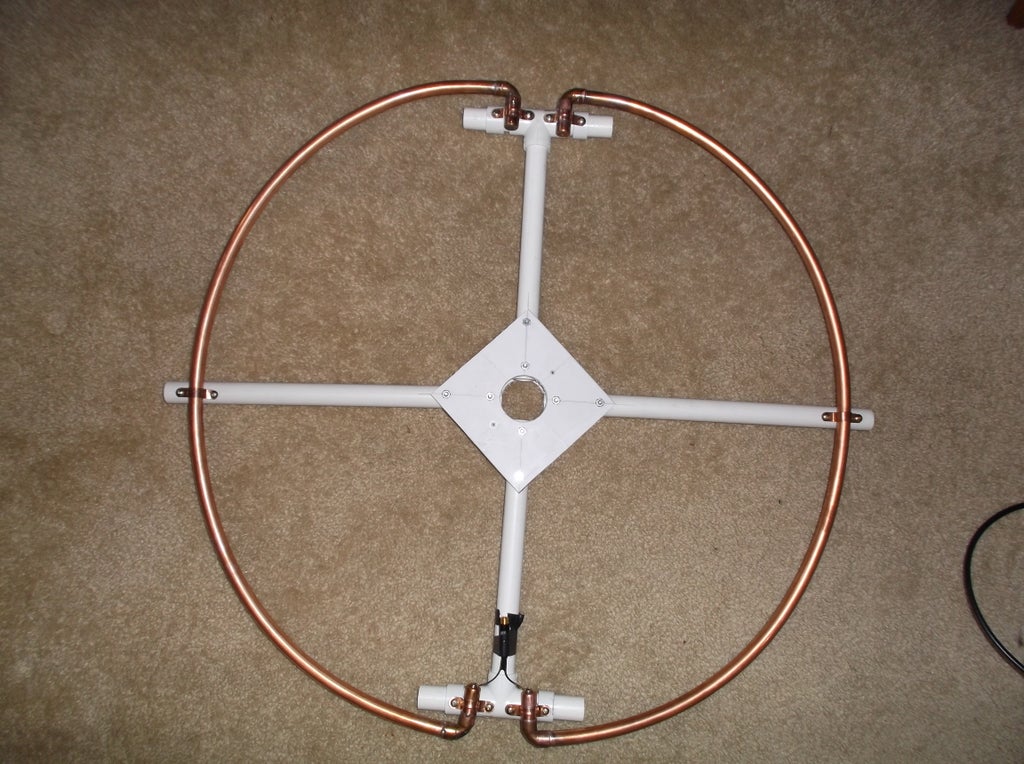How To Make A Digital Antenna

In an era increasingly dominated by streaming services, many are rediscovering the benefits of over-the-air (OTA) television. A cost-effective way to access local channels, news, and sports, constructing a digital antenna at home offers a viable alternative to expensive cable or satellite subscriptions.
This article details the process of building a functional digital antenna, outlining the necessary materials, construction steps, and troubleshooting tips. The aim is to empower readers to access free, high-definition television broadcasts using readily available resources.
Understanding Digital Antennas
Digital antennas, also known as OTA antennas, receive signals broadcasted by local television stations. These signals are transmitted in the UHF and VHF frequency bands. The antenna captures these electromagnetic waves and converts them into electrical signals that a television can decode.
Required Materials
Building a digital antenna requires a few basic components. These include: copper wire (typically 12-gauge or 14-gauge), a balun transformer (300 ohm to 75 ohm), a coaxial cable, a measuring tape, wire cutters, pliers, and a mounting board (wood or PVC).
The balun transformer is crucial for impedance matching, ensuring efficient signal transfer from the antenna to the television.
Construction Steps
The simplest and most common DIY digital antenna is the "bowtie" antenna. This design is relatively easy to construct and provides good performance in most areas.
First, cut two lengths of copper wire, each measuring approximately 14 inches. Bend each wire into a bowtie shape, creating a gap of about 1 inch at the center of each bow.
Next, securely attach the two bowtie elements to the mounting board, positioning them about 3 inches apart. Connect the ends of the bowtie elements to the terminals of the balun transformer.
Finally, connect the coaxial cable to the other end of the balun transformer. Mount the antenna in a high location, ideally facing the direction of the broadcast towers.
Optimizing Antenna Performance
Antenna placement is critical for optimal performance. Experiment with different locations and orientations to find the strongest signal.
Using a signal meter or the signal strength indicator on your television can greatly assist in this process. Websites like AntennaWeb.org can help identify the location of broadcast towers in your area.
Troubleshooting Common Issues
Weak or intermittent signals are common challenges with DIY antennas. This can often be resolved by adjusting the antenna's position or using a signal amplifier.
Check all connections to ensure they are secure and free of corrosion. External factors like weather and nearby obstructions can also affect signal quality.
If you live in a fringe reception area, a larger or more complex antenna design may be necessary. Consider researching more advanced designs like the Gray-Hoverman antenna.
"Building your own antenna can be a rewarding experience and a significant cost-saver," says David Miller, an electrical engineer and antenna enthusiast. "It's a great way to learn about radio frequency technology and gain control over your television viewing."
The Significance of DIY Antennas
The resurgence of interest in OTA television reflects a growing trend of cord-cutting and a desire for affordable entertainment options. Building a digital antenna aligns with the DIY movement and promotes self-sufficiency.
Furthermore, access to local news and information is crucial for civic engagement. OTA television provides a reliable source of information during emergencies when internet and cable services may be disrupted.
The Federal Communications Commission (FCC) provides resources and information regarding television broadcasting and antenna reception. Their website offers valuable insights into signal coverage and station locations.
Potential Impact
The increasing popularity of DIY antennas could potentially impact the cable and satellite television industry. As more consumers discover the benefits of free OTA broadcasts, the demand for paid television services may decline.
This shift could also lead to changes in advertising revenue for television stations. Local stations may need to adapt their business models to remain competitive in a changing media landscape.
Ultimately, the ability to access free, over-the-air television empowers consumers and promotes media diversity. Building a digital antenna is a simple yet effective way to participate in this trend.
By following these steps, anyone can construct a functional digital antenna and enjoy free, high-definition television broadcasts. Experimentation and patience are key to achieving optimal performance and unlocking the full potential of OTA television.


















